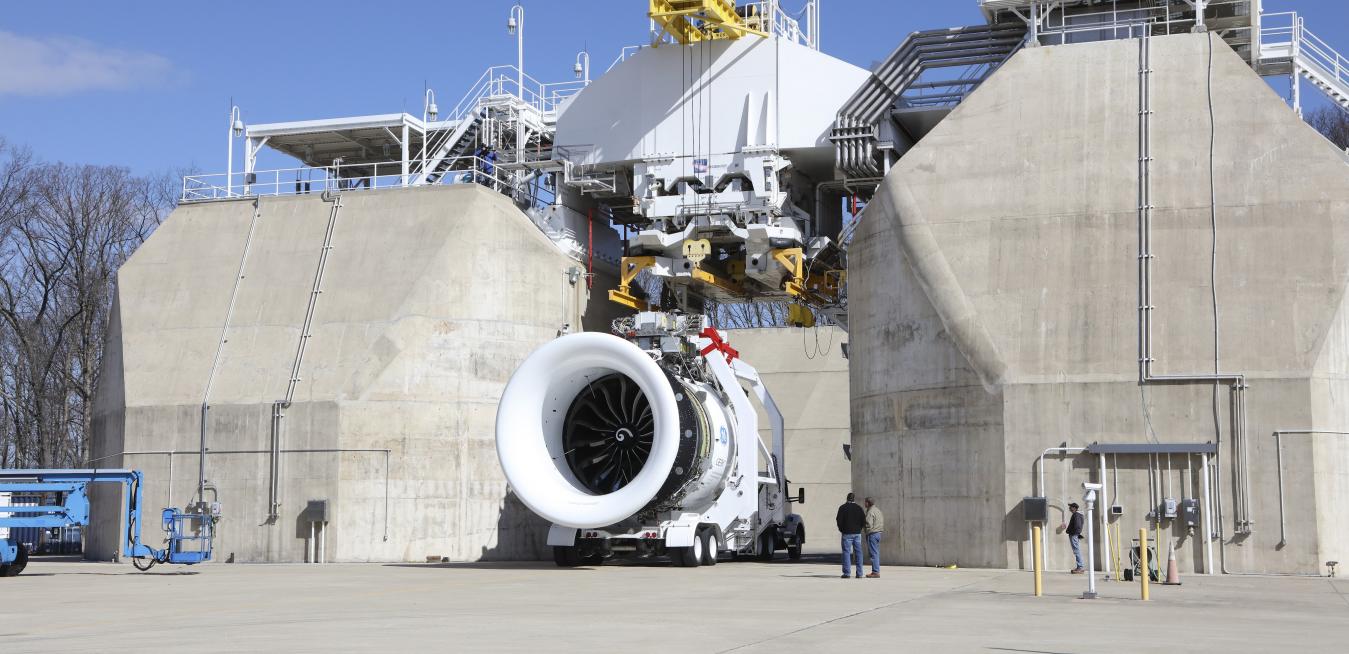How will software giants make their mark in the Industrial Internet and the consumer internet? The answer lies in the Internet of Things.
We’re merging with our technology. We demand it in our daily lives. We make decisions about our physical world based on digital tools—we shop online, ask virtual assistants questions, and rely on supercomputers to tackle our toughest problems. As humans, we’ve gone digital.
At GE, the industrial giant that makes everything from airplane and engines and locomotives to power generating turbines and life-saving medical imaging systems, we’ve gone digital, too.
The digital transformation at GE has helped anticipate the needs of a technology driven society, and it has been both rapid and dramatic. A few years ago, people compared us to other industrial conglomerates like Siemens and United Technologies. Now, as we declare GE will be a top ten software company by 2020, we’re being compared to the internet and software giants that also have changed the way we live: Amazon, Microsoft, IBM and Google.
The truth of the matter is that what GE is building is a very different kind of company that converge the physical and digital worlds into one universe, the Industrial Internet. Google built their company with “search;” Amazon with online retail and the AWS cloud platform; and GE? We’re building Digital Twins of all our industrial machines and processes on a new kind of cloud platform called Predix. GE’s platform is especially designed for the Internet of Things.
Unlike the consumer internet where value comes from gathering and analyzing large volumes of data to connect people and things, the Industrial Internet is all about pouring through infinitely larger sets of industrial data to find and deliver a specific business outcome. In other words, it’s finding that “needle in the hay stack” that can unlock millions, even billions of dollars of value for your customer(s). But to find that needle, you need to know where to look. And to know where to look, you must know every aspect of your machine or process.
What do I mean by where to look? Well, let’s look at Google and Amazon. On Google, 10 million ads are clicked on per day, while on Amazon five billion items are sold each year. In both cases, big data is being collected and analyzed to deliver satisfactory outcomes. With the ads, Google is using search engine data to connect retailers and consumers in ways that serve both the buyer and the seller. And with Amazon, big data from online shoppers is being used to connect them to products or items they are interested in purchasing. Needless to say, this business model has worked very well for both companies.
Let’s look at GE. How many events do you think we manage over the course of a year for a fleet of airplanes? The number must be astronomical, right? Well, not exactly. To be sure, the amount of data generated by a fleet of aircraft over a year would dwarf anything that you would handle in the consumer space. But the number of events we’re looking for is actually quite small. Try 29 out of one million flights, which should be easy right? Not if you don’t know what you’re looking for. And that’s the fundamental challenge of practicing software in the industrial world. If you don’t know where to look, you’ll get lost trying to find it and never achieve the outcome you or your customer is seeking.
What GE and others are looking for with the Industrial Internet is different from what is sought in the consumer space. While consumer data typically determines what a particular person or group of people want, industrial data looks for the things we don’t want – detecting problems before they happen, saving our customers millions, even billions of dollars.
To explain, the 29 number I mention represents issues that can arise with an aircraft that prompt the airline to bring a plane in for maintenance. For example an aircraft engine blade can experience what the aviation industry terms as “spallation,” in which materials begin to erode from a part. This can occur in areas like the Middle East where engines can encounter sandy conditions. As a company that has been in the jet engine business for decades with deep customer relationships, spallation is condition we know and understand very well. In fact, we have built Digital Twins of jet engines that can model these phenomena and better predict how a blade will degrade over time so that we can advise the customer on when to bring it in for maintenance before a problem occurs. Hence, we can greatly reduce the possibility of an unplanned maintenance that can take a plane unexpectedly out of service. We can avoid the airline losing money and passengers experiencing delays.
You could argue that in the example of airlines and jet engines, our other engine makers have the same knowledge base. But they have not made the investments that GE has in software over the past decade. As business leaders in Silicon Valley know well, GE has become a big presence in the Bay Area. We’ve invested more than $1 billion in software and built a formidable global army of 14,000 software engineers and scientists in a very short period of time. We have more than 1,400 people now working at GE Digital’s headquarters in San Ramon, California, and thousands more around the world. We’re adding hundreds more people globally, opening new offices Chicago, Seattle, Paris and Dubai.
On the flip side, you might ask how GE can work and grow in the software sector. But again, the Industrial Internet requires a very different kind of software company that relies upon deep physical domain knowledge to extract value. If you’re an industrial company, you could give software companies your data. But without knowing what to look for… without the physical domain knowledge, the business outcome you are seeking will be hard to achieve.
It’s true some software companies are pairing up with an industrial or physical counterpart to shore up what they don’t have. But GE already has both the physical and digital pieces.
From our vantage point, we see internet and software companies moving toward the industrial world we’ve dominated for more than a century, not the other way around. Also, the value proposition for industry versus the consumer space is a very different. The industrial sector is looking for specific business outcomes that deliver savings, profit, reliability, quality and security. To meet these needs, you need to know the machines and systems which build, move, power and cure the world. Because then, and only then, will you know where to look.
Top image: The GE9X is the world's largest jet engine. Image credit: GE Aviation
 Colin Parris is Vice President for Software Research, GE Global Research
Colin Parris is Vice President for Software Research, GE Global ResearchAll views expressed are those of the author.





